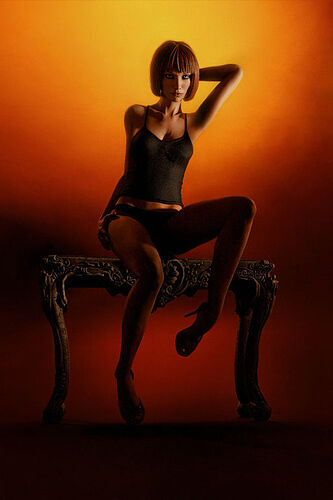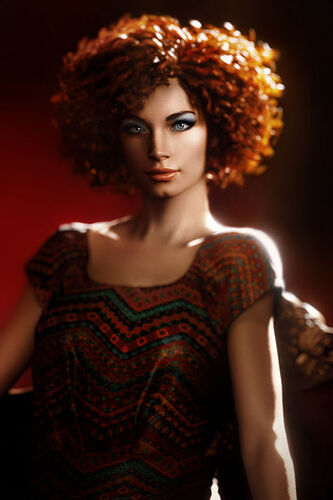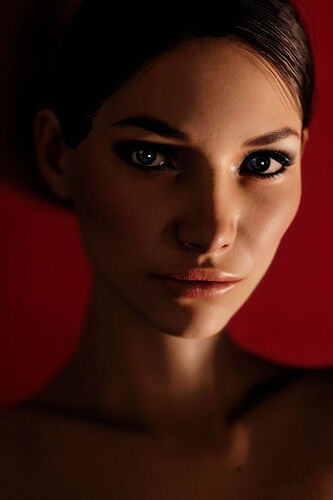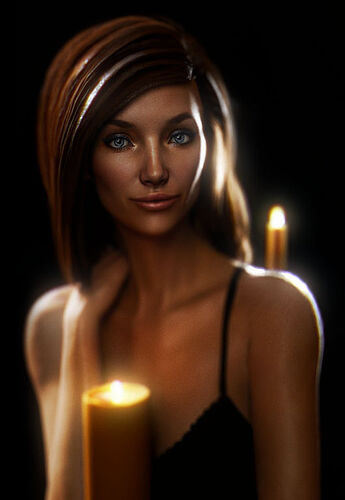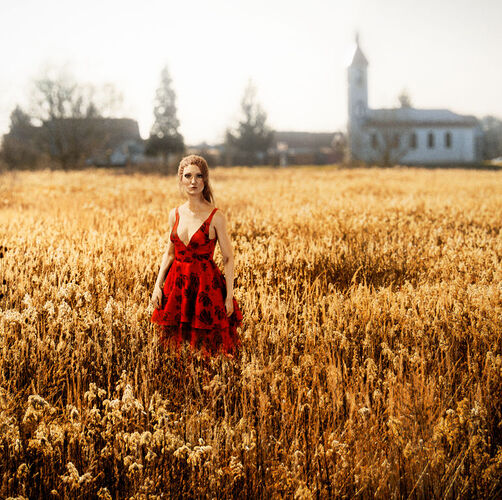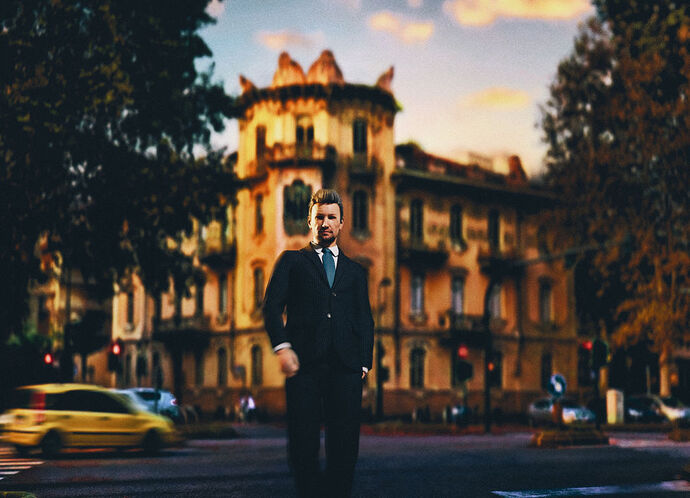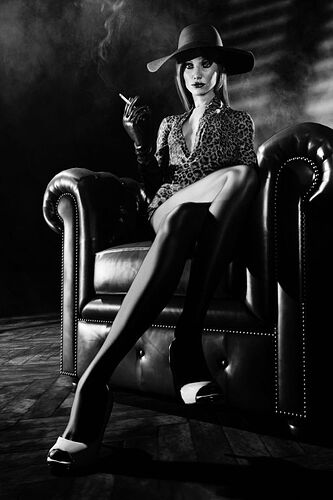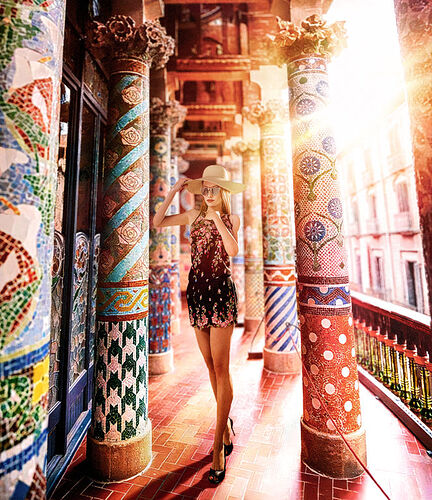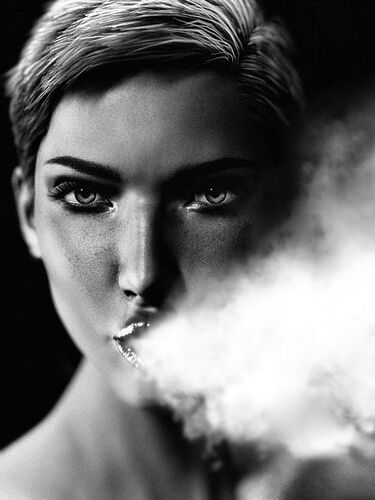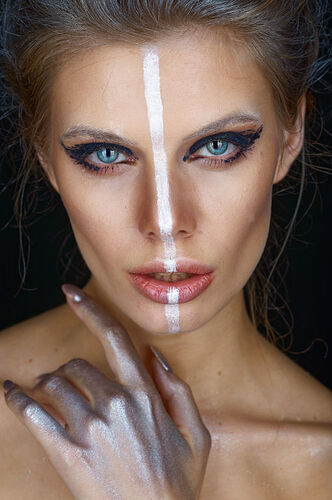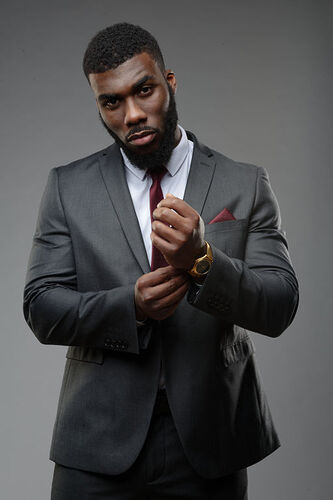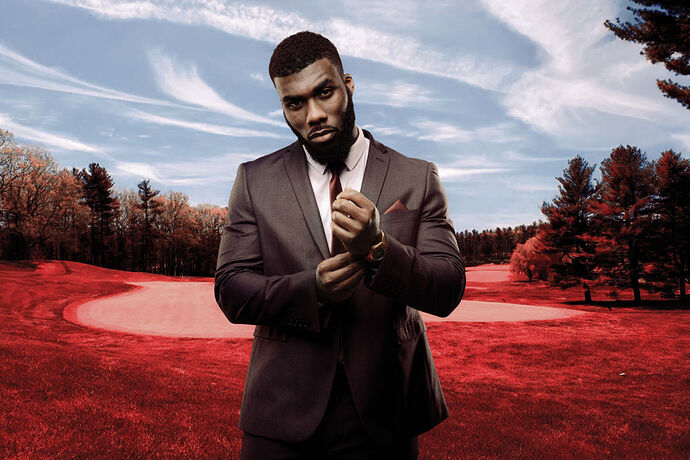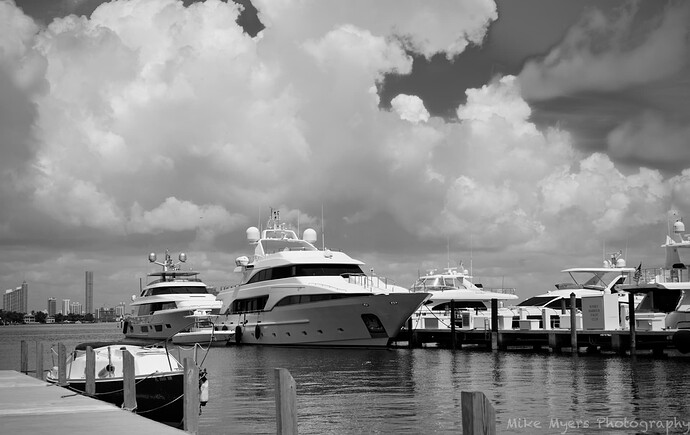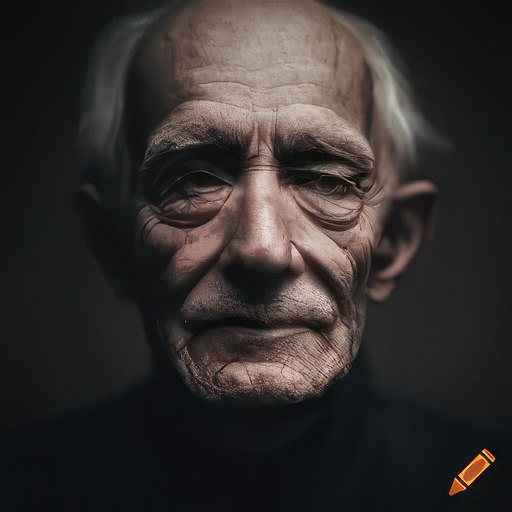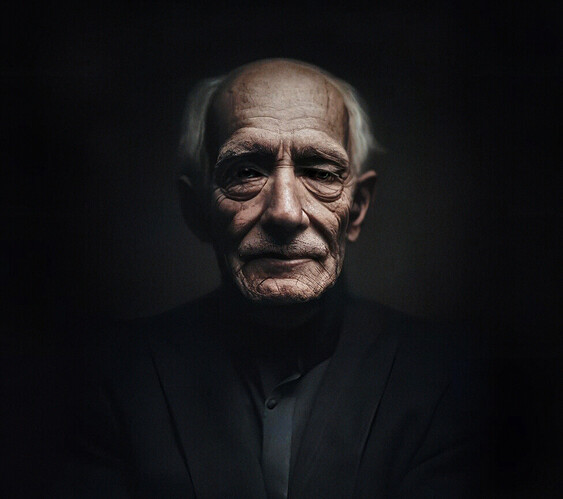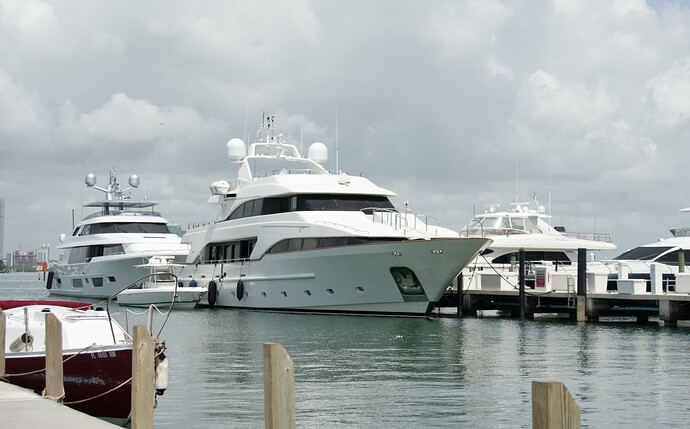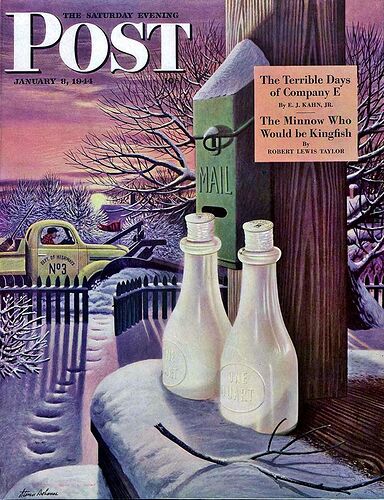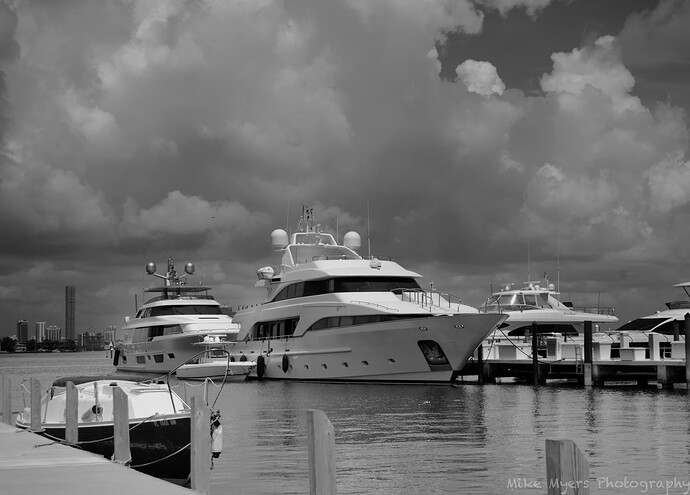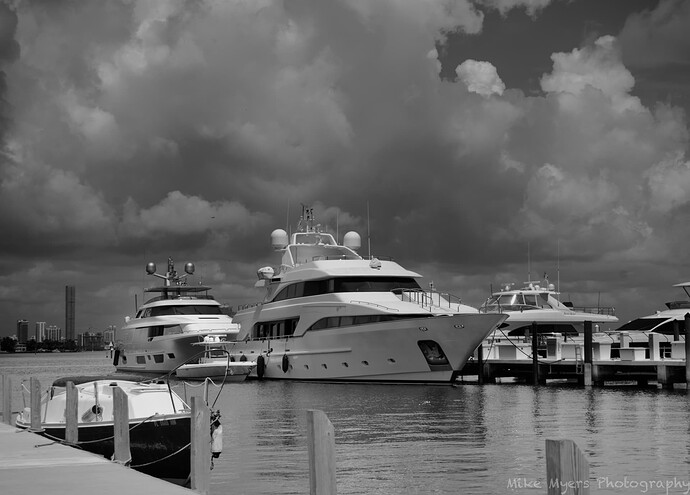If you are looking for documentation than it does not matter as long as its faithful and functional document of the thing. If you are looking for artistic expression or creative way to tell a story in a visual way, than other things should be considered.
I know you claim not to be interested in artistic expression, which if fine. But I see opportunity to share some quotes on the topic of that, so I hope you don’t mind.
About “getting” art. Here are some food for thought.
If you want to make something simple, that is easy―remove elements.
If you want to make something complex, that is easy―add elements.
The art of elegance lies in making something that is in fact incredibly complex
…appear to be incredibly simple. And that is is not easy. In fact that is incredibly hard to achieve.
We all know about the expression; “form should always follow function.” That practicality should be before artistic expression. Well, elegance is that thing that makes a successful marriage of the two. Elegance is all about function that is complex to achieve and wrapping up that complexity in seemingly simple form.
“Beauty is the purgation of superfluities.”
- Michelangelo (1475-1564)
“Much of the beauty that arises in art comes from the struggle an artist wages with his limited medium.”
― Henri Matisse (1869–1954), French artist
“The great artist keeps an eye on nature and steals her tools.”
- Thomas Eakins
“Simplicity is the keynote of all true elegance.”
― Coco Chanel
“Simplicity is about subtracting the obvious and adding the meaningful.”
― John Maeda, The Laws of Simplicity: Design, Technology, Business, Life
“Any intelligent fool can make things bigger, more complex, and more violent. It takes a touch of genius — and a lot of courage to move in the opposite direction.” ― Ernst F. Schumacher

Picasso’s bulls: A lesson in reduction.
"In the final print of the series, Picasso reduces the bull to a simple outline which is so carefully considered through the progressive development of each image, that it captures the absolute essence of the creature in as concise an image as possible.
Pablo Picasso created ‘Bull’ around the Christmas of 1945. ‘Bull’ is a suite of eleven lithographs that have become a master class in how to develop an artwork from the academic to the abstract. In this series of images, all pulled from a single stone, Picasso visually dissects the image of a bull to discover its essential presence through a progressive analysis of its form. Each plate is a successive stage in an investigation to find the absolute ‘spirit’ of the beast.
To start the series, Picasso creates a lively and realistic brush drawing of the bull in lithographic ink. It is a fresh and spontaneous image that lays the foundations for the developments to come. Picasso used the bull as a metaphor throughout his artwork but he refused to be pinned down as to its meaning. Depending on its context, it has been interpreted in various ways: as a representation of the Spanish people; as a comment on fascism and brutality; as a symbol of virility; or as a reflection of Picasso’s self image."
“Achieved perfection not when there is nothing left to add, but when there is nothing left to take away.” — Antoine de Saint-Exupery (1900 – 1944) French writer, poet, aristocrat, journalist, and pioneering aviator.
“The ability to simplify means to eliminate the unnecessary so that the necessary may speak.” - Hans Hofmann
“Everything should be made as simple as possible, but not simpler.” - Albert Einstein
“All that is not useful in a picture is detrimental. A work of art must be harmonious in its entirety; for superfluous details would, in the mind of the beholder, encroach upon the essential elements.” ― Henri Matisse (1869–1954), French artist
“Like all magnificent things, it should be very simple.”
― Natalie Babbitt, Tuck Everlasting
“The ideas need not be complex. Most ideas that are successful are ludicrously simple. Successful ideas generally have the appearance of simplicity because they seem inevitable.” ―Sol LeWitt, American Artist


